In honor of its anniversary, we celebrate the legacy of “Black Christmas”, the still-relevant classic that helped birth the slasher subgenre.
Released in the United States on December 20, 1974 (in tandem with the Christmas season), Black Christmas is a notable film for many reasons — and widely regarded as one of the greatest horror films of all time. It has a genuinely creepy atmosphere, a multidimensional story, and includes one of the first and most interesting final girls.
Black Christmas tells the tale of a sorority house terrorized by an intruder as the residents are preparing to leave for winter break. The house receives a series of disturbing phone calls. The caller makes sexually explicit comments and threats. After a sorority member goes missing, the investigation into her murder takes place as each of the other women in the house is brutally murdered.
The plot twists and turns keep viewers guessing, and everything leads up to an unpredictable ending.
Bob Clark produced and directed this suspenseful holiday slasher. It’s interesting to note that he also directed and co-wrote the screenplay for another notable holiday classic, A Christmas Story (1983).
At the time of its release in 1974, the slasher subgenre was in its infancy. You can see elements in Black Christmas echoed in later slashers, specifically John Carpenter’s Halloween (1978). Shots from the killer’s perspective set up a genuinely creepy atmosphere. We know what’s going to happen as we observe the victim who has no idea what’s coming.
As with many early slashers, there is little overt gore — reminiscent of the terrifying but subdued by today’s standards slasher classic, Tobe Hooper’s The Texas Chainsaw Massacre (1974). The kill scenes suggest what the killer does to the victim, which is just as, or perhaps more, effective.
Black Christmas‘ plot is layered, as is the film’s final girl, a trope that would become a slasher movie staple.
Jess (Olivia Hussey) has recently found out that she’s pregnant. When she tells her boyfriend, Peter (Keir Dullea), he thinks it’s great news. Peter automatically assumes that Jess is going to put her life on hold to marry him and have his child. However, Jess stands her ground. She has plans for her future and is not ready to become a mother. When she asserts herself, Peter becomes furious and threatening.
Black Christmas addresses social issues still relevant today, such as a woman’s right to choose her own life and to have control over her own body.
Jess knows who she is, and where she wants to go in life. She takes ownership of her life and her sexuality.
There’s also the age-old generational conflict seen in the character of Mr. Harrison (James Edmond), the first victim’s father. He gets a look at his daughter’s room which is decorated with posters depicting sex, among other images considered subversive.
He also learns that she has a boyfriend. He openly expresses his disapproval of the environment provided by the house mother, Mrs. Mac (Marian Waldman), and says that he intends to do something about it.
Black Christmas is a fusion of genres: horror, crime thriller, and murder mystery.
The viewer is thrown several twists and turns as we follow the investigation into Clare Harrison’s (Lynne Griffin) disappearance, led by Lt. Fuller (John Fuller).
Clark also piles on the holiday cheer with cheerful parties by roaring fireplaces and large trees decorated with multicolored lights. A kill scene is intercut with a choir singing Christmas carols. Last but not least, a gentle snowfall on a cold winter’s night.
Black Christmas made its mark on horror history.
Considered one of the first slashers, the movie helped lay the foundation for the slasher formula. Its plot elements and filmmaking techniques can be clearly seen in later slasher movies, and its multilayered plot incorporated weighty social issues that are still just as relevant today as when the film was first released.
With an unapologetically unchaste final girl — and no clearly defined, iconic masked killer, Black Christmas still manages to stand out among a now very crowded subgenre that it was instrumental in helping establish. Nearly 50 years later, it remains as influential and iconic as ever.
10 Fright Fun Facts About Black Christmas:
1. Initially well-received in its home country of Canada, Black Christmas wasn’t well received in the U.S. Home video and revival screenings are credited for making it a cult classic.
2. The title was changed to Silent Night, Evil Night for its American release. Warner Brothers acquired the film and worried audiences may assume it was a blaxploitation film. Some scenes also feature American flags to make the film more appealing to American audiences.
3. Although filmed on location in Toronto, there wasn’t much real snow to work with. What little they had was carefully preserved. Art director Karen Bromley made sure that no one walked through it. Foam sprayed by a fire truck was used in some scenes.
4. Actor Nick Mancuso provided the voice of the creepy caller. He auditioned with his back to director Bob Clark so that Clark would get the full effect of his voice. He performed upside down to produce a creepier voice.
5. Cameraman Bert Dunk played the killer in the point-of-view shots. These effectively disturbing scenes were filmed using a “body rig” developed by cameraman Bert Dunk. Dunk mounted the camera on his shoulder and left his hands free.
6. Actress Bette Davis was originally offered the role of house mother Mrs. MacHenry. Marian Waldman played the character who is seen sneaking drinks from bottles of alcohol hidden in various places throughout the house. The character was loosely based on one of Bob Clark’s aunts.
7. Clark initially contacted Olivia Hussey to play Jess. At the time, Hussey was known for her portrayal of Juliet in Romeo and Juliet (1968). Hussey reportedly told producer Gerry Arbeid that a psychic reading influenced her decision. She said that the psychic said that she would be in a Canadian film that would make a lot of money.
8. Black Christmas evolved from a screenplay titled The Babysitter, written by Roy Moore. Writer Timothy Bond changed the scenario to a sorority house before the screenplay reached Bob Clark’s hands. At this point, the script was under the working title Stop Me.
9. Unlike its successors, Black Christmas doesn’t have a masked killer with a clear backstory — at least not one explored in the film. According to Clark, the killer does have a backstory that isn’t included in the original film. The names Billy and Agnes are heard during the phone calls but that’s the extent of information in the movie. In a 2018 Mental Floss article, “12 Surprising Facts About Black Christmas,” by Matthew Jackson, Clark said, “Billy is abusive and abused his little sister, and was abused himself, and probably killed his parents, and probably locked her up in a basement for five or six years,” Clark said. “And I think she escaped, and Billy doesn’t like girls, and it turns out Agnes doesn’t like boys.”
10. According to Mental Floss, Clark said that he worked with future Halloween co-creator and director John Carpenter on a project that was never released. Carpenter told Clark how much he loved Black Christmas and asked if he had plans for a sequel. Clark said that he told Carpenter that he had an idea for a sequel called Halloween about the killer being captured and escaping from a mental institution. “He deserves the full, expansive credit he’s gotten for doing that movie,” Clark added. “A few words about an idea are hardly a screenplay and a finished movie.”


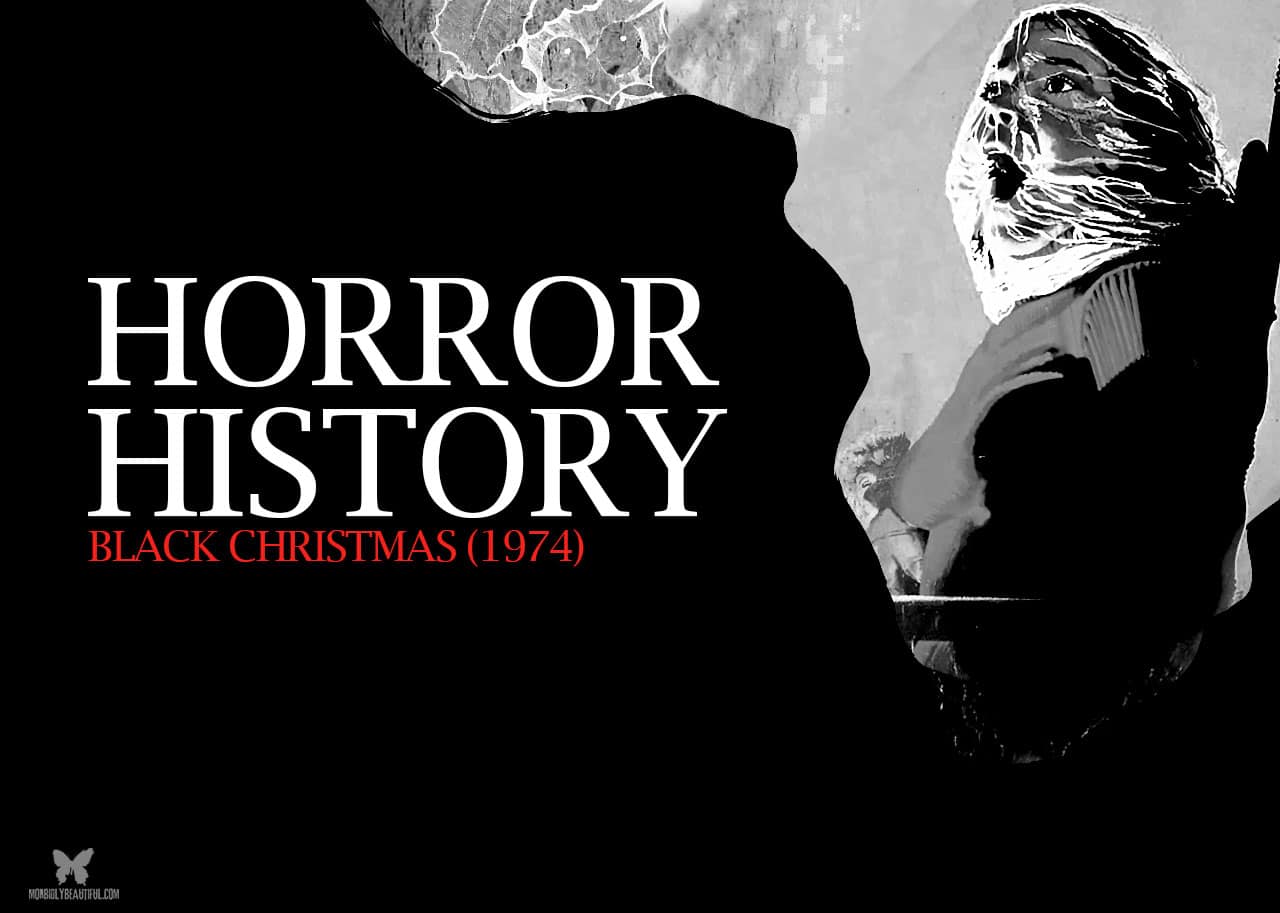
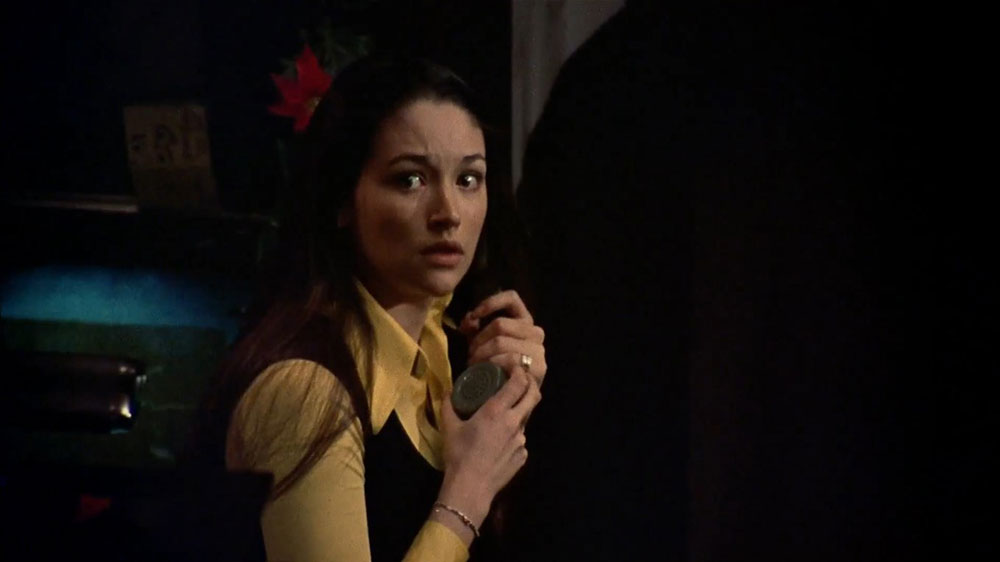
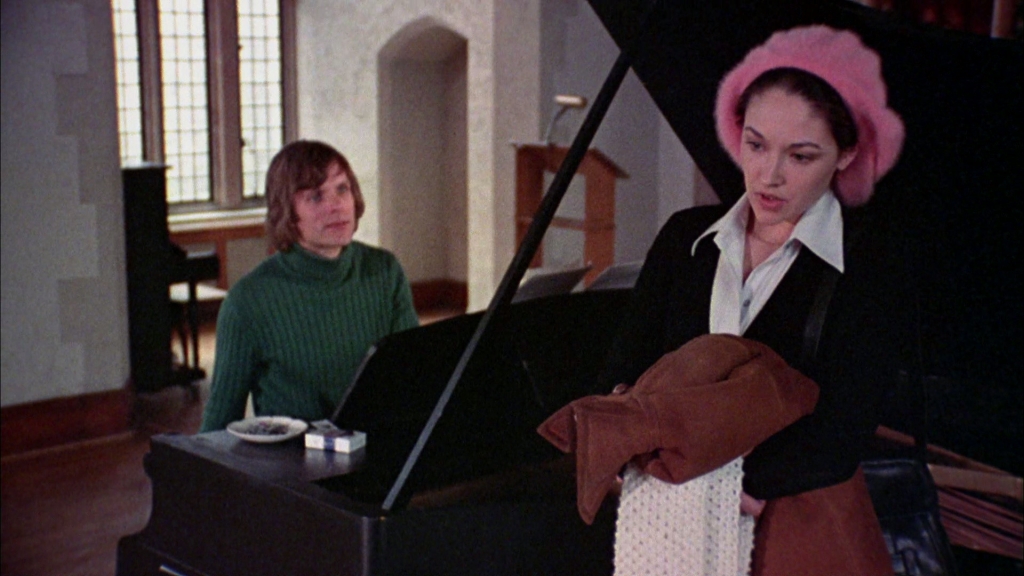

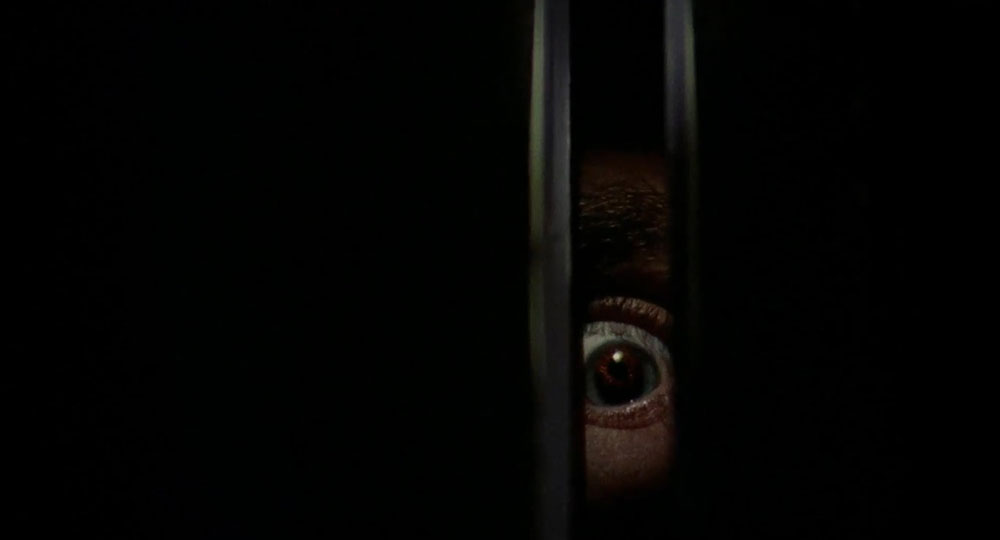

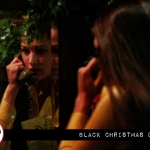

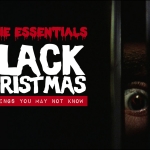












1 Comment
1 Record